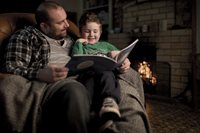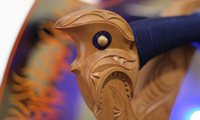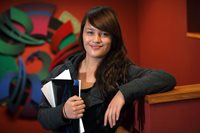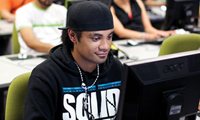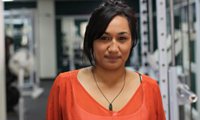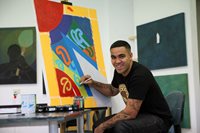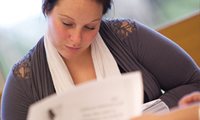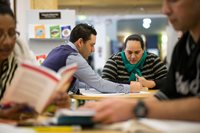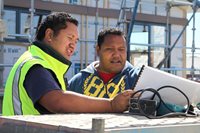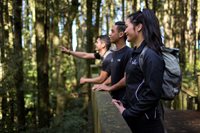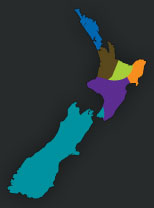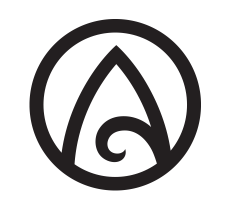Elisa Graham was adopted and raised by a Pākehā family. She’s found that studying raranga (weaving) at Te Wānanga o Aotearoa has helped her bridge the gap with her Māori heritage.
The 40-year-old from Hamilton made connections with her biological whakapapa through the mahi toi (art work) she has produced while studying Māori and Indigenous art at the Wānanga (TWoA).
“I’ve been able to connect innately through weaving to my ancestors because I’ve got some tūpuna that were weavers and were known in their own right. So I’ve been able to express myself in the same way and realise that some of my skills may have been innately inherited.”
Elisa has been studying raranga at TWoA’s Te Rapa campus for the past two years and is about to finish her diploma.
Over the past year she has created five pieces made up of earrings, a bodice, two necklaces and a pākē (cape).
“They all link to my whakapapa and recognise the female line that I’ve come from,” says Elisa who will display her pieces at her classes end of year exhibition, He Kohikohinga.
The exhibition is due to run from 22 November to 10 December between 7am and 10pm at the Te Rapa Campus, with members of the public welcome to come along.
“My daughter will be wearing all the pieces so it will be like myself and her bridging that gap between my ancestors and the coming generations.”
Despite all the interruptions throughout the past two years due to Covid, Elisa is grateful for the skills she has learnt and the knowledge passed down from her kaiako, Simi Paris.
“The classes have been very valuable and the kaiako emphasise not just being able to weave commercially but the kaupapa and tikanga behind it.”
The art on display at He Kohikohinga exhibition will be from a range of level 4 and 5 tauira from multiple classes and art forms.
The exhibition will be run in line with the Covid restrictions depending on the Covid level that Waikato comes under.

